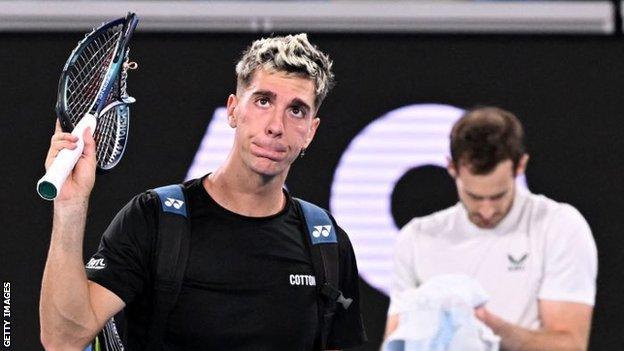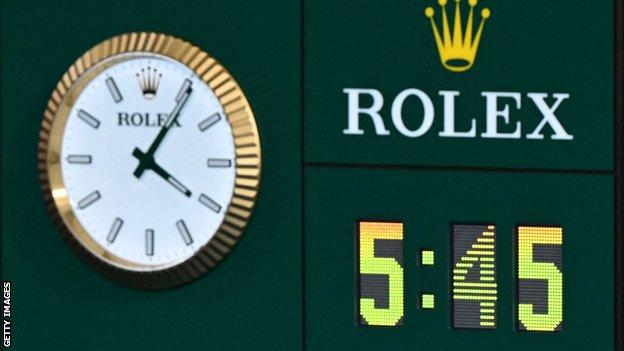A “farce” is how Andy Murray described his 4am finish at the Australian Open and very few people – if anybody – disagreed.
Murray wrapped up a five-set win against Australia’s Thanasi Kokkinakis at 4:05am local time on Friday, leading to a discussion about the tournament’s scheduling and the welfare of the players.
“It’s not beneficial for the umpires, the officials. I don’t think it’s amazing for the fans. It’s not good for the players,” said the British former world number one.
But why do such late finishes happen in tennis – and how does it impact the players?
The effect of sacrificing sleep
After losing his next match to Roberto Bautista Agut on Saturday, Murray revealed he had only managed three hours’ sleep between 6am and 9am on Friday morning.
“I’m sure if you spoke to some sleep experts and sports scientists they would tell you sleep is the number one most important thing,” he said.
Tennis players are often expected to be ‘on’ at all times, which could mean sacrificing sleep. However, sleep expert James Wilson rejects that.
“The idea that poor sleep leads to success is outdated, wrong and leads to people becoming ill,” said Wilson, who works with a number of Premier League clubs.
“For organisers not to have a cut-off point – not just for Andy Murray but for coaches, journalists, spectators, ball boys and girls – is a machismo attitude to sleep.
“It is unnecessary for it to go on until that time. It is a reflection of how much work we have got to do to get sleep taken seriously in a high-performance environment.”

Three-time major champion Murray was back at Melbourne Park about 11am on Friday to have “seven or eight” blisters on his feet drained.
He then went for a few hours’ sleep and had a light hit before returning to court 39 hours later to play Bautista Agut.
“This is a form of jet lag within an event and it is totally unnecessary,” Wilson added.
“Murray’s body clock would have been out of sync, he doesn’t know if he should be sleeping or shouldn’t.”
What changes could be made?
The Australian Open puts five singles matches on the two main show courts during the opening six days – three matches during the day session from 11am, and two matches from 7pm for the night session.
If the day matches are long, then the night matches will be put back, with separate ticketing for the two…
Click Here to Read the Full Original Article at BBC Sport – Tennis…

